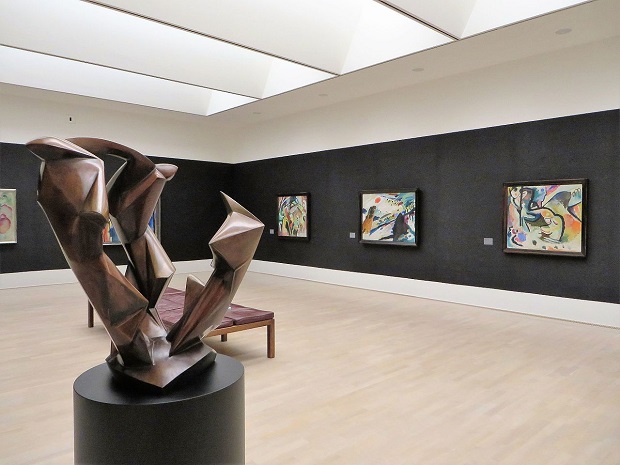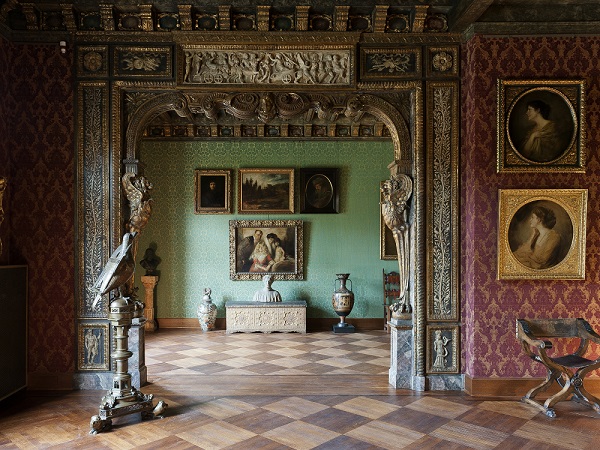Städtische Galerie im Lenbachhaus
On the other side of the Propyläen a museum that deserves a bit of your time. The Städtische Galerie im Lenbachhaus was established in the former residence of the painter Franz von Lenbach in 1929. The spacious villa was erected between 1887 and 1890, initially his studio building, the southern wing of the complex was aligned with the significance of the location and was designed with columns adorning its street-side facade.
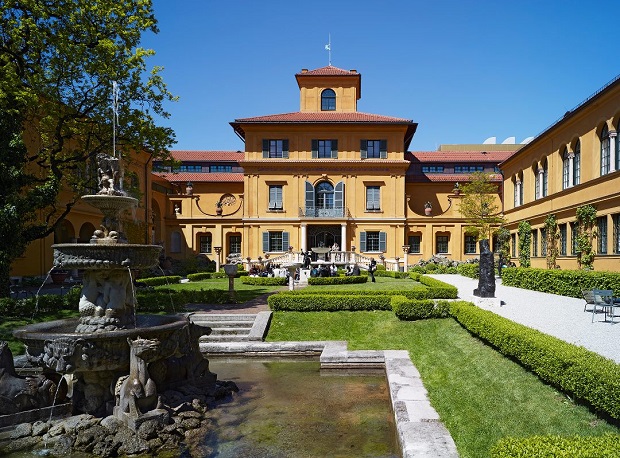
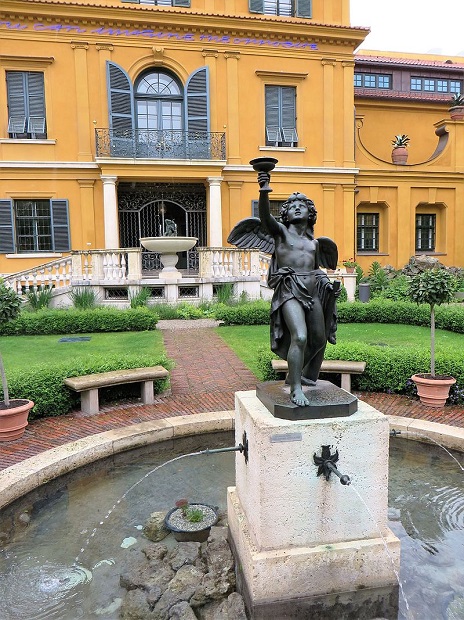
The residential wing that followed was inspired by Tuscan villas with the grand staircase leading up to the main entrance and the fountain basin quoting Roman architectural motifs. The final result with its grand staircase, columns, loggias, curved and arched forms, terracotta vessels on pedestals, and inset stucco reliefs, formed a harmonious complex of heterogeneous elements that was to be the ideal setting for a representative social life in the style of the prosperous late-nineteenth century Belle Epoque. Lenbach was then one of the most representative members of the bourgeoisie , in a time when the art of designing lavish festivities was passed from the court to the upper middle class.
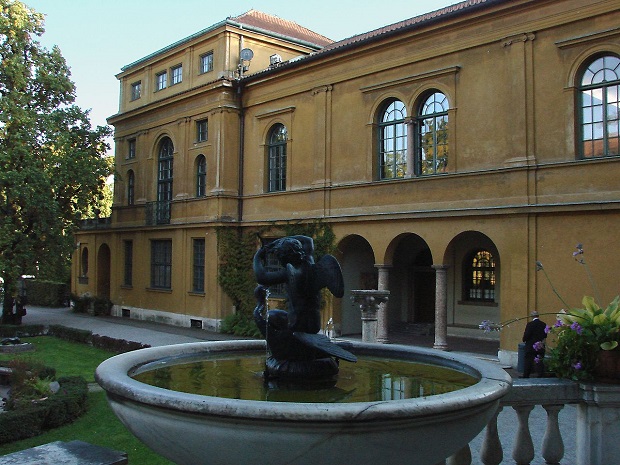

20 years after Lenbach’s death, in 1924, his widow offered to sell the property to the City of Munich & donate the building’s furnishings and interior decorations as well as numerous works by Lenbach. The acquisition of the Lenbachhaus made it possible to fulfill the desire for a municipal art museum, which had been a popular demand for many years. The city’s art holdings, which were scattered across various municipal institutions, were united and municipal funding was used to expand the collection. To create enough floor space for the collection and exhibitions, the architect Hans Grässel added an extension to Lenbach’s studio and residence building, creating a three-wing complex. On May 1, 1929, the Städtische Galerie im Lenbachhaus opened its doors to the public. In 1957, the expressionist painter Gabriele Münter donated her entire collection, which consisted of more than 80 oil paintings and 330 drawings including eminent works by the artist herself and Wassily Kandinsky, her companion of many years, to the museum. So the Lenbachhaus, which had been a municipal institution that primarily catered to local audiences, became a central venue for classical modernism and a world-class museum. Over the years, the Lenbachhaus managed to acquire outstanding works by the leading Blue Rider artists — first and foremost, Wassily Kandinsky and Gabriele Münter, but also Alexej Jawlensky, Franz Marc, and August Macke. Since the 1970s, the museum has held exhibitions that introduced audiences to central tendencies and protagonists of the international contemporary art scene. The purchase of Joseph Beuys’s show your wound in 1979 paved the way for a redefinition of the Lenbachhaus’s acquisition policies, after which the museum started adding national and international contemporary art to its collections. Since 1994, the Kunstbau, an exhibition space located above Königsplatz U-Bahnstation, in the immediate vicinity of the artist’s villa, has hosted large temporary exhibitions.Planning for the refurbishment and redesign of the Lenbachhaus and the addition of a new wing began in 2003. The renovated gallery with its new extension was inaugurated in May 2013.
